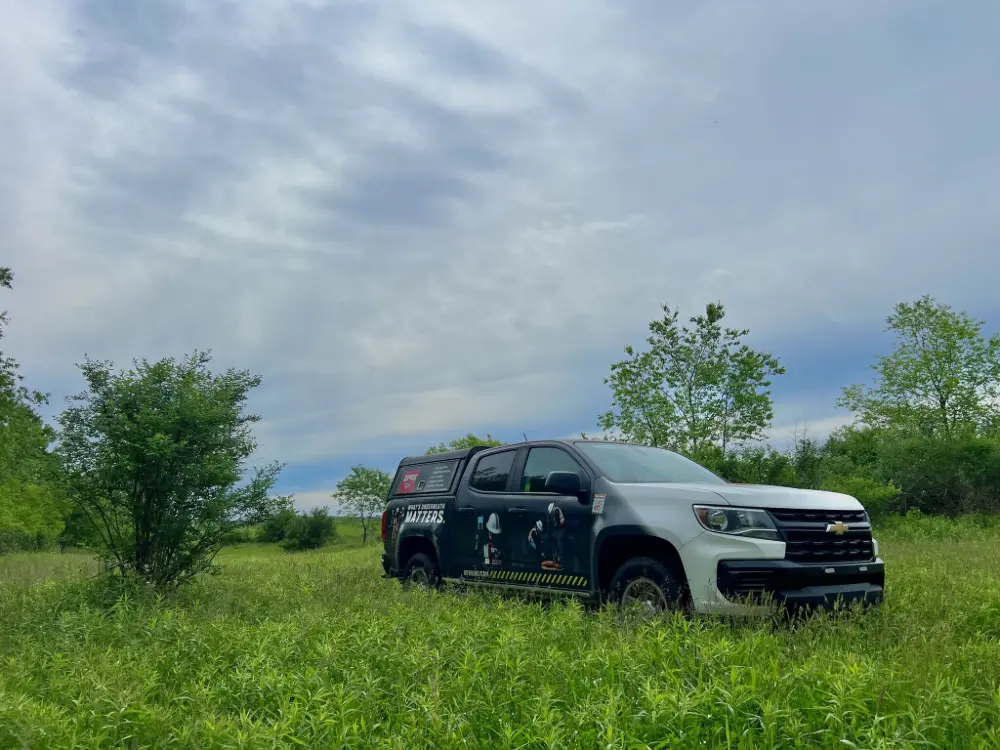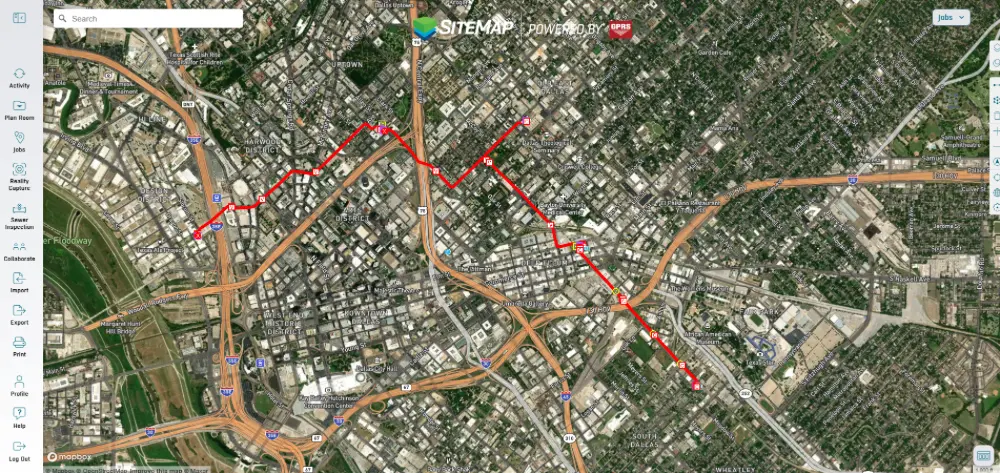

Highlights
THE BOTTOM LINE
GPRS 3D laser scanned three 100-year old trees and provided the client with intensity map point cloud files and a 3D mesh of the trees to include them in the design plan.
INDUSTRY
Architectural Laser Scanning
SERVICE
3D Laser Scanning, Mapping & Modeling
LOCATION
Austin, Texas
GPRS Insight
Deliverables
GPRS provided the client with intensity map point cloud files and a 3D mesh of the trees. This can be pulled into an existing Revit or AutoCAD model and aligned with the design plan.
PROJECT APPLICATION
ASK
Task
The client desired to laser scan three 100-year old trees and include them in the design plans for a new housing development. GPRS 3D laser scanned the trees and provided the client with intensity map point cloud files and a 3D mesh of the trees. This was GPRS’ second phase of laser scanning for this client.
PROBLEM
The client could not accurately capture the location, exact dimensions, and detail of the three trees. They needed laser scanning services to include the trees in the design plan. It was important to capture complete and quantitative existing conditions without damaging the tree trunks or limbs.
Solution
GPRS’ Texas office used a Leica ScanStation to capture the three trees and the surrounding area. Accurate 3D measurements were captured in a few hours on site in a fast and environmentally friendly manner. Laser scanners are non-contact, they scan from tripods on the ground up to 300 yards, keeping the environment untouched.
Highly detailed 3D laser scanning data can be converted into STL mesh files for import into CAD or surfacing software.
Benefits
3D scanning services helped capture the trees with incredible detail, create a 3D mesh model, and allow the client to position it in software for their design plans.
GPRS incorporated the first and second mobilization into the same coordinate system which allowed the separate projects to be put on the same coordinates and relate the projects to one another even though they were captured at different times.
3D laser scanning delivered the client the accurate data they needed for the design model and was able to preserve the 100-year-old trees.
3D laser scanning invariant to lighting and shadow; as a result, significantly more data was acquired by laser scanning the tree, and much more accurately than hand measuring.
Terrestrial laser scanning (TLS) captured the above-ground 3D tree architecture spatial data in a fast, efficient, and highly accurate way.



.svg)





.avif)








.avif)